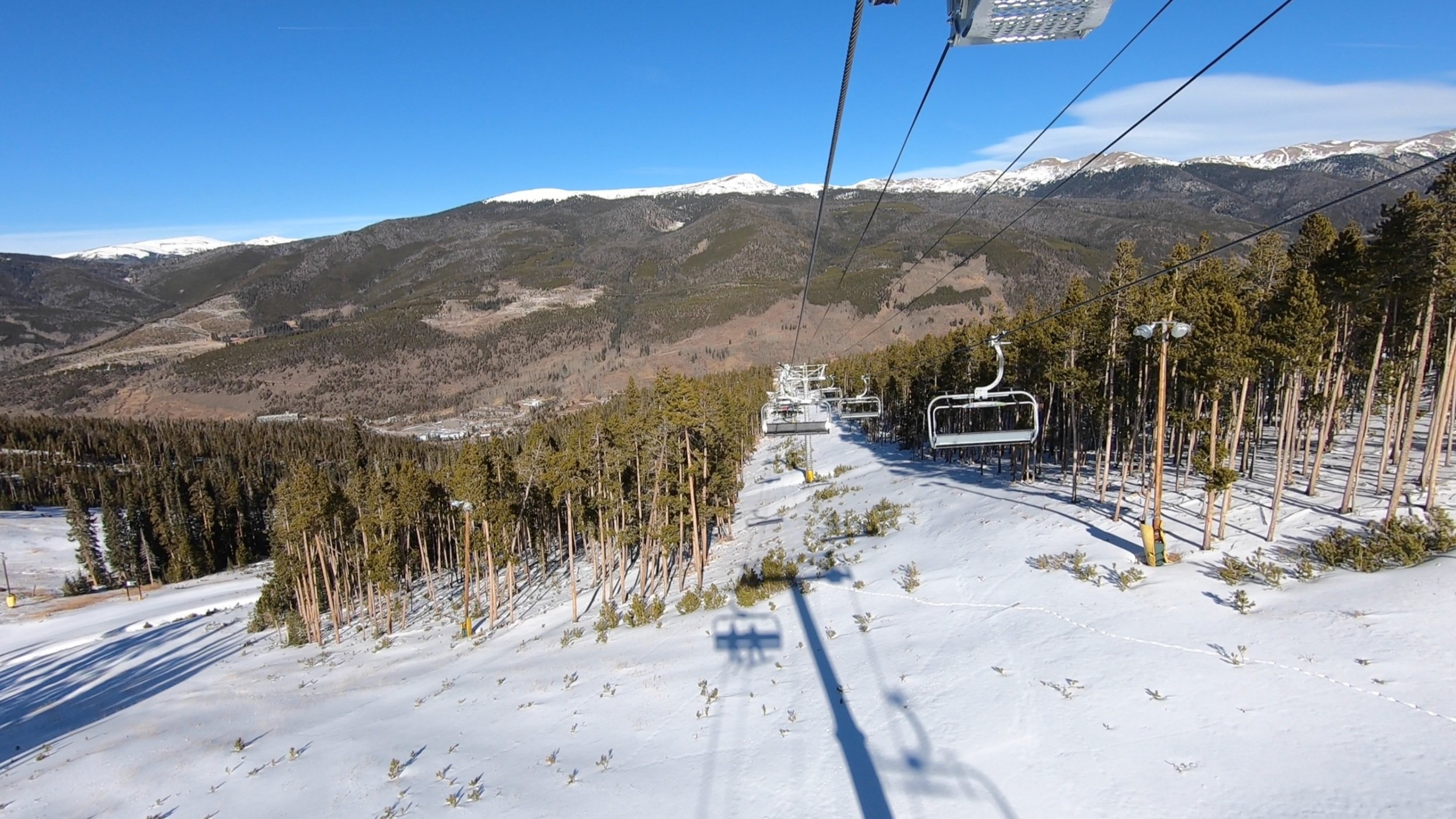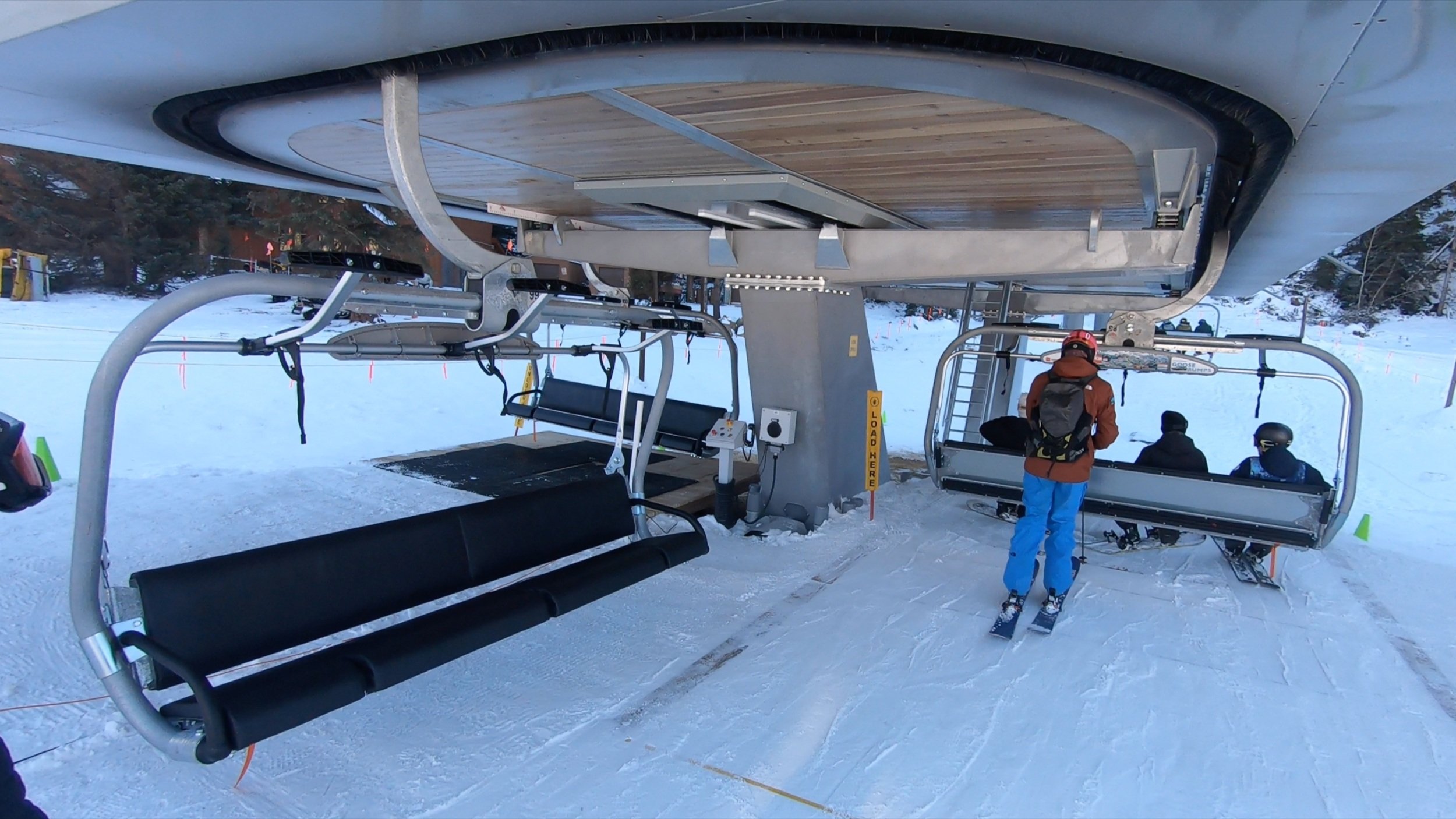Our Thoughts On Keystone's New Peru Express Six-Pack
Background
Keystone’s first new lift since 2018 has finally been completed, and we headed to the mountain to check it out for ourselves. The new Peru Express six-pack provides base-to-mid-mountain service from the Mountain House base area, and directly replaces the original Peru Express high-speed quad, which was installed in 1990. The resort has also removed the adjacent Argentine double lift, which was constructed in 1977, and restoring the land it previously occupied.
The new lift is now able to carry a maximum of 3,000 people per hour. This expansion was originally set to open for the 2020-21 season, but it was delayed due to the impacts of COVID-19. So was it worth the multi-million dollar investment? Let’s take a look.
The Experience
Keystone’s new Peru lift may be shiny, but based on the lift’s specs, its location, and our time at the resort, we don’t expect to see much of an impact on the overall mountain experience. While the lift will bring six-pack lift service to the Mountain House base for the first time, the capacity upgrade over the outgoing quad (3,000 pph on the new lift vs. 2,800 on the old) is negligible.
The new Peru six-pack can transport a maximum of 3,000 guests per hour, up from 2,800 on the old quad.
Additionally, the Argentine lift’s removal means the base area will technically offer less uphill capacity and operational flexibility than last season. Argentine ran so rarely in its final years and was so slow that it being gone likely won’t make for a huge practical difference. However, the removal of the only helper chair in the area means that issues with the Peru lift will now lead to serious problems. Such an issue actually occurred last Saturday, when the Peru lift went down and guests were forced to use shuttle buses to get back to other resort areas. New lifts often have teething problems, so expect this to happen again at some point during the season.
And while it’s hard to demerit Keystone for making environmental improvements, its original master plan called for the Argentine lift to be upgraded to a high-speed quad. It would be nice if Argentine received this lift replacement as well at some point in the future.
The old lift line where the Argentine lift used to live.
We didn’t see major crowds during the day of this recording, likely in part due to the fact that it was a weekday—and also largely because most of the terrain off this lift was still closed. However, long lines are sure to still be a thing at Peru on weekends, especially once the popular A-51 terrain park area it provides access to gets open. The new lift technically won’t sit many more people than the outgoing quad, which, on paper, makes it a puzzling upgrade.
However, the biggest impact of the six-pack installment will likely be its impact on day-to-day loading operations. The new lift has more widely-spaced chairs than the outgoing quad, giving guests more time to safely load the lift. With Keystone attracting many less experienced visitors, especially in this lower-mountain area, this likely means loading mishaps will be reduced, therefore making the practical ride and wait times faster.
The new Peru six-pack has more widely-spaced chairs than the lift it replaced.
Final Thoughts
Ultimately, few guests will notice a practical difference from this upgrade, but if the outgoing Peru Express needed to be replaced due to its time-in-service anyway, Keystone could have done much worse. However, there are a number of other key lifts we believe are more overdue for upgrades than Peru, such as Wayback, an irritatingly slow fixed-grip quad which has been the only way to get out of the furthest resort areas for years. We haven’t noticed enough of an impact to change Keystone’s Mountain Score at this point, but we will keep an eye out for how the new lift performs as the season progresses.
For more on Keystone, check out our comprehensive mountain review. Additionally, check out our full Colorado destination resort rankings.



